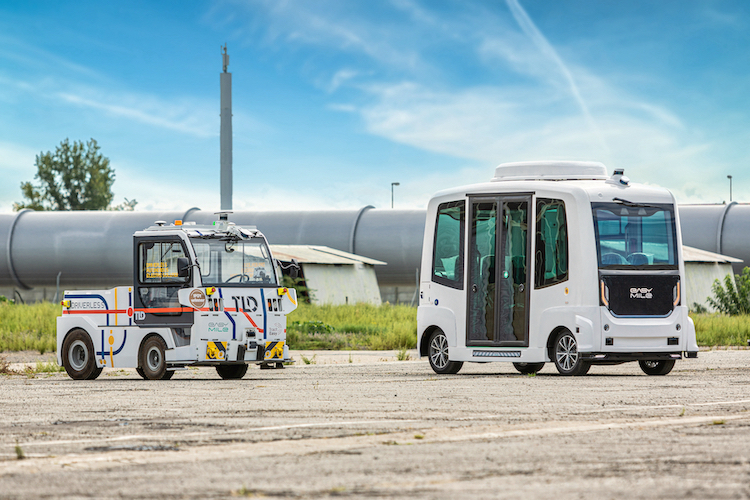The journey to level 4 autonomy:
EasyMile has been at the forefront of this revolutionary change. The progression of autonomous driving is categorized into five levels, ranging from assisted driving (level 1) to fully autonomous driving (level 5). Excitingly, Level 4 - fully automated driving - became legally possible on Germany's roads in July 2022. Mercedes and Bosch already successfully gained approval for a Level 4 automated valet parking system, which enables parking without a driver in multi-storey car parks in Stuttgart, Germany. This project demonstrates the growing potential of autonomous driving technology. However, it is now time to take it to public roads to let it unfold its potential in goods and passenger transportation.
Diverse approaches in global markets:
The quest to develop the best autonomous driving technology is a global endeavor, and different markets have adopted individual strategies. In Europe, regulation plays a significant role, making it a “regulated pioneer” On the other hand, the US market is characterized as a "disruptive innovator," with Waymo and Cruise being prominent examples. Unlike Europe, the United States lacks comprehensive national legislation for autonomous driving, leading to varying legal situations across different states.
Diverse use cases for autonomous driving:
During the breakfast debate, Nathalie Teer highlighted various real-world applications of autonomous driving technology that are already being implemented and tested. These include shuttle services in public transport, with pilot projects on the Charité site and BVG (Berliner Verkehrsbetriebe). Moreover, "on-demand robotaxis" have garnered attention in the USA, and the technology shows potential in sectors like company traffic, port logistics, and baggage logistics at airports.
Autonomous freight transport - a potential breakthrough:
While the debate touched on various use cases, there was a consensus among participants that autonomous driving is likely to experience a breakthrough first in freight transport and traffic within closed spaces such as ports, industry sites, and airports. Most of the discussed use cases revolve around the autonomous shuttle, which does represent an important one, but by far not the only one. Using autonomous technology in goods transportation however has manifold advantages, especially on private sites for the time being: on private sites, far less regulations apply, to that the technology is scalable much faster; it is an important business case for companies developing the technology; for end users/clients, it is beneficial in terms of efficiency and return on invest.
The safety paradigm:
Safety is one of the most compelling arguments in favor of autonomous driving. As of today, approximately 90 percent of all accidents are attributed to human error. With the continuous automation of traffic, participants in the discussion foresee a significant reduction in this figure, leading to safer roadways for everyone.

